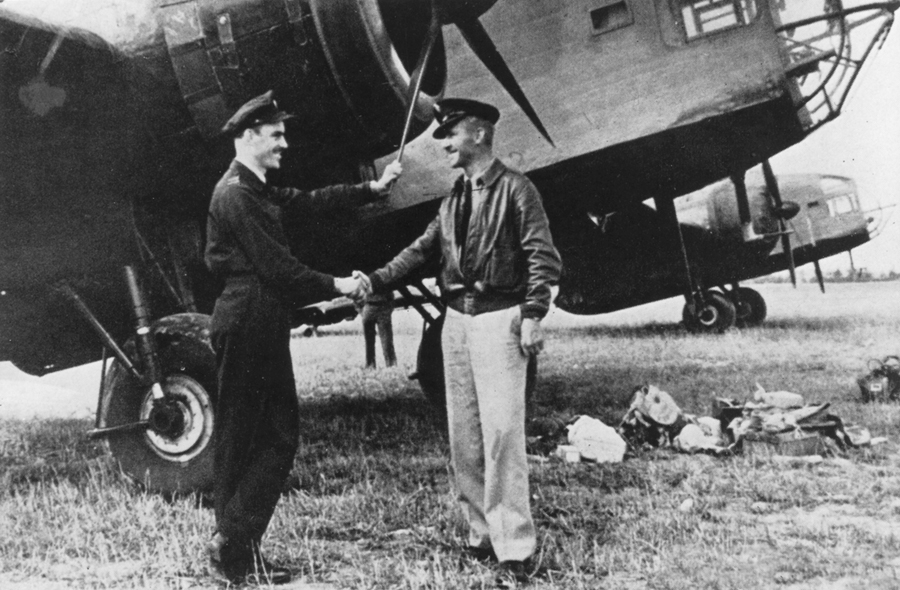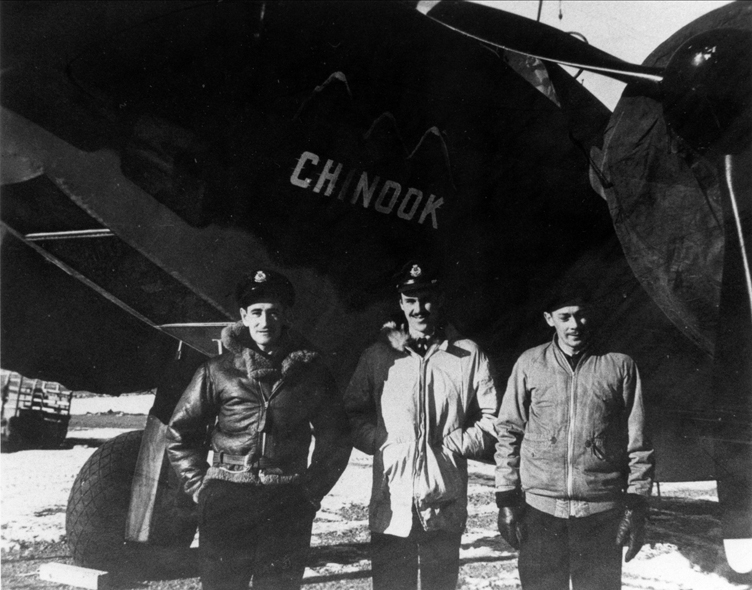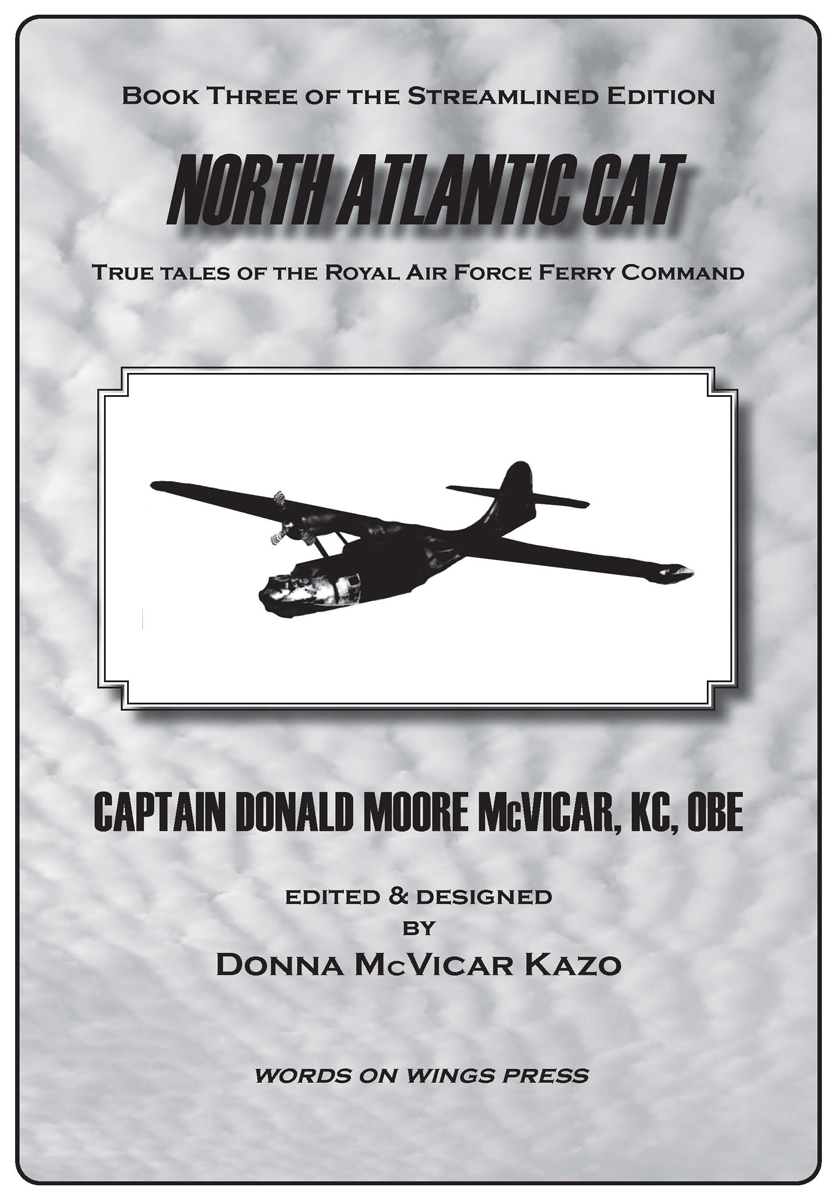North Atlantic Cat
Words on Wings Press is delighted to announce new editions of ALL NINE of Don McVicar’s exciting aviation memoirs as sleek and easy-to-read Kindle e-books.
This is the FIRST TIME all of his books have been published in the same format!
Fun fact about e-books; they are also searchable databases! Better than an index, simply type in the name of an airplane, person or place for the full value of the content to be revealed. This is a real boon to aviation historians and other aficionados of the numerous types of now-classic aircraft McVicar flew and wrote of so brilliantly.
North Atlantic Cat was first published as a hardcover book in 1983 by Airlife in England, and immediately follows South Atlantic Safari, when Royal Air Force Ferry Command Captain/Navigator Don McVicar accepts the essential assignment of delivering Consolidated Catalina PBY flying boats from the United States to Scotland. Each of the 50 Cats is fitted with brand-new, super-secret very-high-frequency radar that will be able to locate otherwise undetectable German U-boats causing tremendous loss of life and essential cargo within the many ships they are sending to the bottom of the ocean in the Battle of the Atlantic.
The RAFFC crews pick up their California-made Cats in North Carolina, fly them across the Gulf Stream to Bermuda (even through hurricanes, as this mission is so vital) and then prepare themselves for that last, long, brutal hop across the North Atlantic to Scotland, a trip in the slow flying boats that averages about 24 hours. And each PBY can only hold about 20 hours’ worth of fuel! Which is one reason why some of them vanished along the way. But not Captain McVicar’s! Although there are no air-to-air battles with enemy planes, the brave aircrews constantly fought the weather, their own aircraft and sometimes the inadequate training of those within their airplane.
Numerous other types of aircraft make their appearance in North Atlantic Cat, covering countless thousands of grueling miles across North America, across the Atlantic, across Africa, and all the way to India. His assignment to ferry a “clapped-out” Handley-Page Hampden bomber from Scotland, via the Crimson Route, back east to British Columbia, provides more “in the cockpit” thrills in McVicar’s inimitable style. And then he had to do it again with another Hampden! As these were the first times an aircraft had been flown from the U.K. to western Canada using the Polar Route, it earned McVicar his OBE; awards were scarce in Ferry Command and as he was a civilian pilot, even more rare.
Surviving the ferrying missions was hard enough; but returning to North America proved to be even more hazardous for the aircrews. McVicar’s chapter “A Tale of Two Liberators” describes how the Return Ferry Service Lib on which he had wanted to fly–detailed in the preceding chapter, “The Death Bump,”– met its brutal end.
Captain McVicar’s favorite Flight Engineer, A.W. “Bill” Baker says it best in his Foreword: “For the aviation enthusiasts this book tells with gusto how it was then and I would hope that the reader will appreciate these were truly pioneering days, where pilots and crews often flew past the edge of recorded knowledge and lived to tell to the enjoyment and benefit of us all.”
Captain/Navigator Don McVicar, left, shakes hands with his Radio/Navigator, Fred Johnsen, upon the successful completion of their historic Hampden flight from the U.K. across the Polar Route to British Columbia.
L-R: Radio Operator John McGrail, Capt. Don McVicar, Flight Engineer Bill Baker with their Lockheed Hudson Chinook during their western Canada survey flight mission for Ferry Command.


